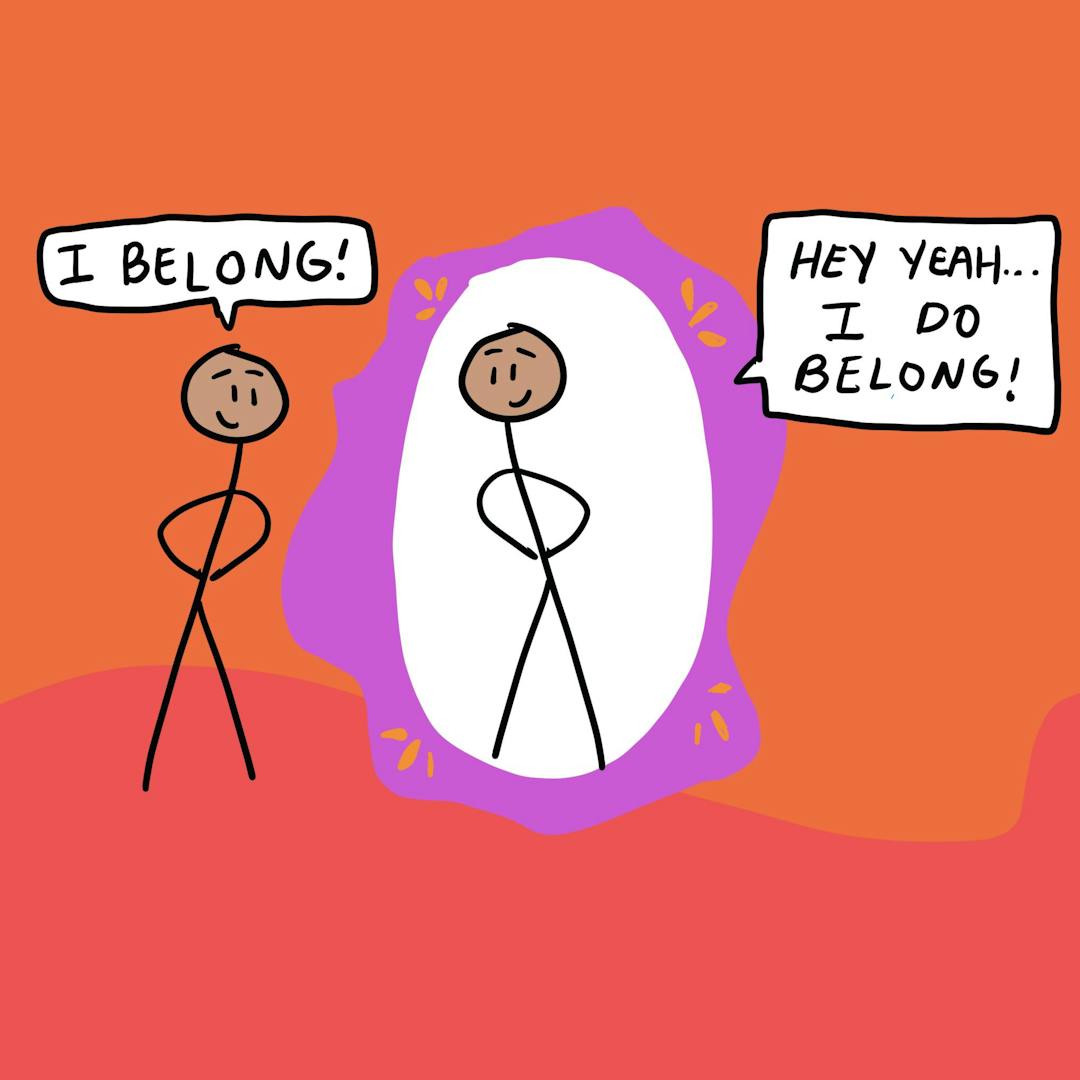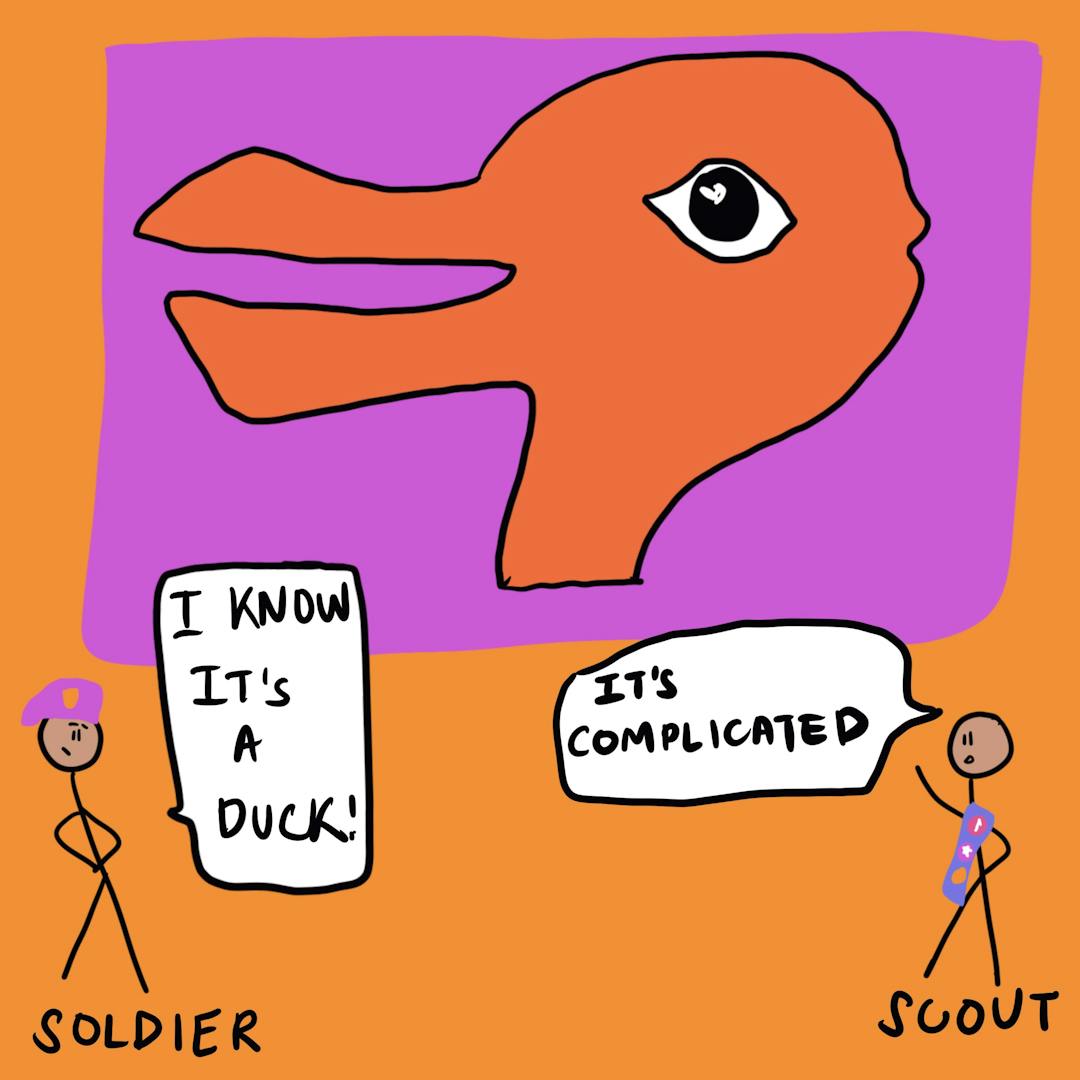Improving Trust To Create Better Health Outcomes: Sandi McCoy and Aarthi Rao

Art by versusthemachines
In simple terms, we think about behavioral science as the study of human behavior. It’s bringing together this diverse set of methods and insights to understand how and why people behave the way they do. In our health-related work, we use this knowledge to hopefully influence how people behave and to maybe tip the balance toward engagement and beneficial services or programs.
Intro
In today’s episode of The Decision Corner, we are joined by Sandi McCoy, associate professor in the School of Public Health at the University of California, Berkeley, and Aarthi Rao, director of the design and innovation lab at CVS Health.
For reference, this episode was taped prior to the COVID-19 pandemic outbreak and accordingly reflects the understanding of the situation at the time.
Sandi studies how social, economic, and cultural forces influence disease transmission and health outcomes. During the past several years, she’s explored these relationships through the lens of HIV infection and reproductive health. Using a diverse array of approaches, her goal is to identify innovative, cost-effective, and scalable interventions to overcome global health challenges.
Aarthi leads an innovation team to apply tools such as design thinking and behavioral science to unlock new cross-functional innovation roadmaps and directly incubate new high-value business concepts to various stages of prototyping, piloting, and product development. Ms. Rao is passionate about applying interdisciplinary approaches to create, test, and scale innovative programs and services to improve lives, particularly for programs supporting hard to reach or vulnerable populations across the world. She’s an experienced innovation advisor and problem solver, who’s lived and worked abroad, to partner with mission-driven companies, non-profits, researchers, and social enterprises who may want to try applying design thinking in combination with behavioral science and experiments to improve outcomes.
In this episode, we discuss:
- Sandi and Aarthi’s work in bringing tools like design thinking, behavioral science, and traditional product management frameworks into global health
- The use of behavioral science and design thinking in the life cycle of a public health project
- Sandi & Aarthi’s Tanzanian-based project that aims to determine the best way to help girls get access to contraception and HIV self-tests
- How behavioral science and the field of public health can draw parallels from Netflix disrupting Blockbuster
- How to form effective interdisciplinary teams when there is heterogeneity in the backgrounds and experiences of members
- The lack of durability of certain nudges and how people can become desensitized to them
- The best-case scenario for the future of combining design thinking with behavioral science






